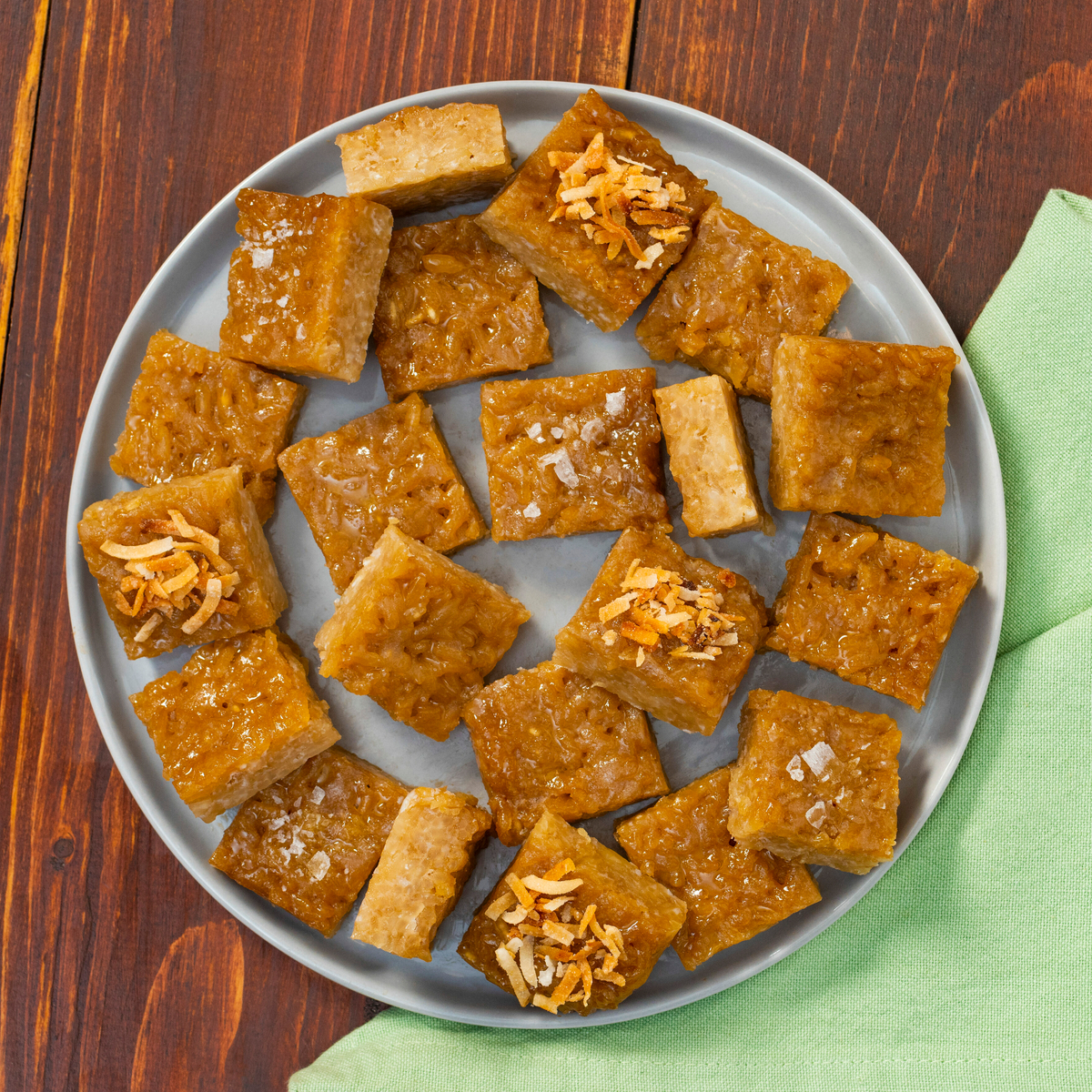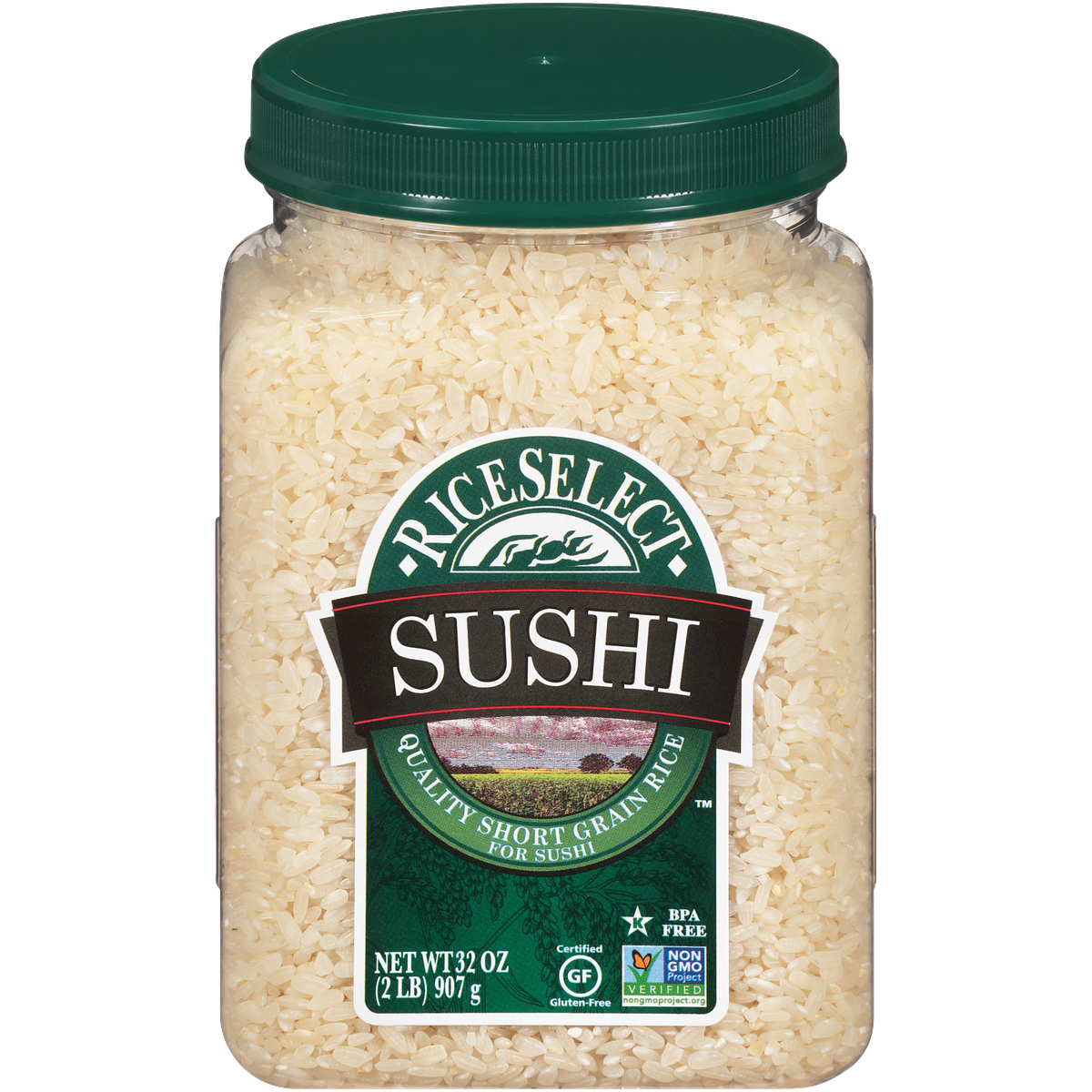Ingredients
- Rice Base:
- Coconut Caramel:
Instructions
Rice Base: Preheat oven to 350°F. Grease 9-inch square baking pan; set aside.
In medium saucepan, bring coconut milk and water to boil. Stir in rice and salt. Reduce heat to low. Cover and cook for 20 minutes or until most of the liquid is absorbed.
Coconut Caramel: Meanwhile, in medium saucepan set over medium-high heat, combine coconut cream and brown sugar. Cook, stirring often, for 15 to 20 minutes or until thickened and syrupy. Stir in vanilla and salt.
Reserve 1/2 cup Coconut Caramel for topping. Mix remaining Coconut Caramel into rice. Transfer rice mixture to prepared pan; smooth top. Spread reserved coconut caramel over top.
Bake for 20 to 25 minutes or until top is dark golden brown and bubbly. Let cool completely; cut into squares.
Tip: As a variation, garnish with toasted coconut, a drizzle of melted dark chocolate or a sprinkle of flaked sea salt.
Filipino Delicacy
This incredibly delicious rice cake, known as Biko, is a popular dessert in The Philippines. It is prepared for special occasions and events with a sticky, chewy texture all topped with a coconut caramel glaze and baked to perfection.
To make these Filipino delicacies, you’ll need to start with the right rice. For best results, it is essential to use RiceSelect® Sushi Rice which has the necessary starchy consistency which also absorbs the flavors of the coconut milk and salt perfectly. Many traditional recipes also prepare their rice with brown sugar for a deeper color, however, it is not necessary for this recipe as the color and sweet taste come from the rice and caramel mixture.
Benefits of Cooking with RiceSelect® Sushi Rice
Not only is RiceSelect® Sushi Rice perfect for sushi dishes, but it also works quite well in many other recipes. Its soft, sticky texture makes it particularly suitable for dessert dishes like Thai Mango Sticky Rice and Japanese Rice Mochi Balls.
Difference Between Japanese Mochi and Filipino Rice Cakes
Biko, also known throughout The Philippines as kalamay, bibingkang and malagkit, is a sweet rice cake that is quite different from other Asian-inspired treats like Japanese mochi.
While they may begin with the same sticky rice, the cooking process is different and mochi balls are filled with a red bean paste, where Biko is cooked and baked in square shapes with a caramel coating on top.
Improve Your Cooking Knowledge
Up your kitchen game by learning more about cooking rice and pasta, such as the correct couscous water ratio by checking out our website.
Looking for a new dinner idea? Try our: best shrimp salad recipe.


